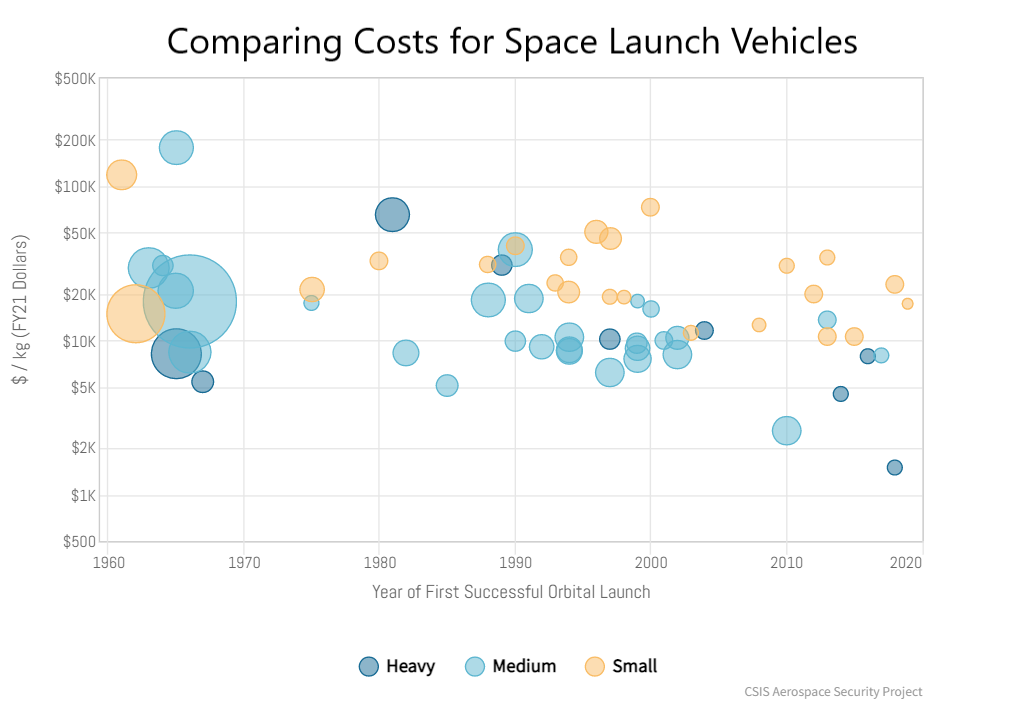Long-term retirement savings and investing is a complex topic, and one of the most challenging parts is trying to work out the best way to save money without paying too much in taxes. The government provides two different types of retirement savings accounts that have different tax treatments: Roth accounts and traditional accounts.
You can use one or both of these to invest your savings, gain compound interest, and avoid some of the taxes that would be due on a regular investment. This can help your money increase more quickly and take advantage of compound interest. The different ways that traditional and Roth accounts manage taxes can be tricky to understand, but it makes a big difference in terms of savings rates.

Traditional Accounts
The traditional account is something that is available to everyone. If you work for a company, then you might have access to a 401(k) plan. If it is a nonprofit like a school, it might be a 403(b) plan instead, but the idea is the same. When you contribute a percentage of your salary to this account for savings, your employer matches some of that and puts more money into the account.
Then you can choose how to invest that money so that it grows. You can use a retirement account even if you don’t have one provided by your employer– an individual retirement account, or IRA, is a similar account that anyone can open and start contributing towards.
Understanding Taxes
Under normal circumstances, money that you invest from your salary income or any other source of income will be taxed twice before you can eventually spend it:
- It is taxed as income when you earn it. For most people, this will be via regular payroll and employment taxes.
- You take that post-tax money and invest it in some assets, like stocks and bonds. After you save the money and it grows with compound interest, you sell the investment, and then the money is taxed again with capital gains tax.
In a traditional account, you do not need to pay the first set of taxes, the income taxes. Any money that you contribute to such an account is tax-deductible. You will eventually need to pay the second set of taxes once you finally start to withdraw the funds from the account, but that happens decades into the future. The fact that you can avoid the first set of taxes means there is more money to get compound interest working in your favor on a more considerable starting value, which makes a massive difference over time.

Roth Accounts
– Advertisement –
A Roth account works the same way, but it allows you to avoid the second set of taxes, the taxes on the gains, once you withdraw the final amount. The advantage of the Roth approach is that you don’t need to consider paying taxes on your retirement income, and you can treat the whole amount as available to use. You will contribute money to a Roth account just like a traditional account, but you do not get to deduct those contributions from your taxes. With most employers, the default retirement account is a traditional 401(k) or equivalent, so you may need to open an IRA and make it a Roth if you want to take advantage of this style.
Mix and Match Retirement Savings
You do not need to commit to one of these account types or the other– you are free to mix and match them. Please take note that they both have annual limits about how much you can add to each one. By putting some of your retirement savings into each type of account, you can hedge your bets about taxation.
The traditional account is better if you believe that your current tax rate is higher than when you will withdraw the money, and the Roth is better if you believe that your future tax rate will be higher than now. This is hard to predict for most people, so putting some money into each kind balances this out and allows for a unified approach.
If you want to understand how your savings will grow, the best approach is to use one of our compound interest calculators. The calculator is very easy to use. Start out by entering an initial amount, which is the first contribution to your account. Then enter a 12 month period and how much you expect it to grow each year, how long you plan to leave it in the account, and the frequency and amount of contributions. Finally, it’s a good idea to make some different scenarios for the growth rate so you know what to expect under different circumstances for your investment.



